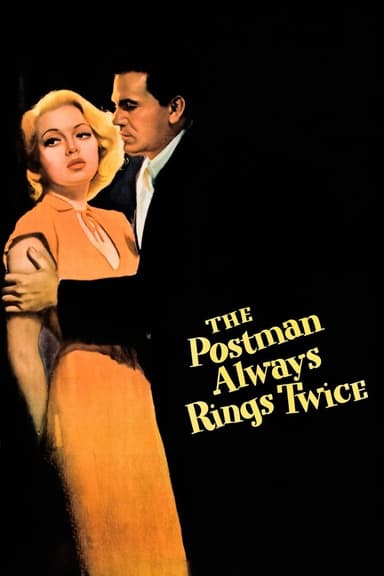
A Place in the Sun
1951 • Crime, Drama, Romance • NR
A young social climber wins the heart of a beautiful heiress but his former girlfriend's pregnancy stands in the way of his ambition.
Runtime: 2h 2m
Why you should read the novel
Before you watch 'A Place in the Sun,' consider diving into the rich and thought-provoking pages of 'An American Tragedy' by Theodore Dreiser. Dreiser's novel offers a deep psychological portrait of ambition, class, and morality, unmatched by cinematic adaptation. Readers discover the origins of George Eastman's tragic journey and experience the nuanced complexity of characters and settings, brought vividly to life through Dreiser’s masterful prose. By reading the source material, you'll gain a greater appreciation for the internal conflicts and societal pressures that can only be fully explored through literature. Engaging with the book enables you to understand the real-life inspirations behind the story and the era’s potent social commentary. Ultimately, 'An American Tragedy' rewards readers with a more immersive and detailed experience than any film can offer.
Adaptation differences
One of the main differences between 'A Place in the Sun' and 'An American Tragedy' lies in the approach to storytelling. While the movie condenses the novel’s expansive timeline and numerous characters, the book provides a rich tapestry of social context and psychological depth. This means that key motivations and backstories are more thoroughly explored in Dreiser's work. The film also shifts the focus toward the romantic elements, visually amplifying the chemistry between the protagonists and downplaying the darker, more existential aspects present in the novel. In contrast, the book delivers a stark critique of the American dream, meticulously unraveling Clyde Griffiths’ internal struggle amid societal pressures and class divisions. Additionally, some characters and subplots found in the novel are either omitted or modified in the adaptation, altering the narrative’s complexity. For example, the movie changes names and omits certain plot points to streamline the story for cinematic audiences, resulting in a simplified arc for the main character. The psychological torment and moral ambiguity so intrinsic to Dreiser’s vision are transformed into a more straightforward and melodramatic tale, affecting how audiences interpret the central themes. By comparing both, readers and viewers can discern not just plot differences, but also shifts in message, tone, and characterization.
A Place in the Sun inspired from
An American Tragedy
by Theodore Dreiser










